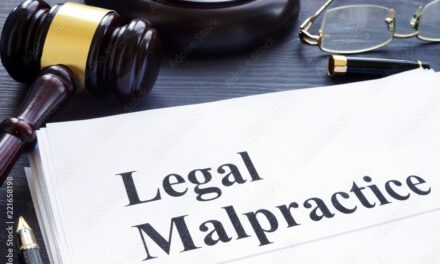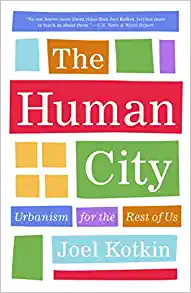MENCHACA II
USAA v. Menchaca, 545 S.W.3d 479 (Tex. 2018)
Chief Justice Hecht’s Opinion
Quinn’s Part Seven
Justice Hecht’s brilliant opinion is two pages long, once style and signature are set aside.
He concurred in the judgment of the court remanding the case to the trial court for a new trial but not for the reasons set forth by Justice Boyd in the Opinion of the Court. Justice Hecht concurred in parts of the plurality Opinion of the Court and concurred in the Dissenting Opinion’s analysis as to how preservation-of-error should be thought about in this case. That discussion need not be discussed here since it is not really a matter of insurance bad faith law.
Quinn Comment. The topics of fatal error, fatal conflict among answers of the jury, and fundamental error are jurisprudentially fascinating but are rare situations. The general problems involving in the preservation of error and objections are a much broader and important problem in civil procedure at both trial and appellate levels.
Justice Hecht begins by observing that the Supreme Court unanimously rejects something the parties agreed on all through the case following the rendering of the verdict, namely, that the jury’s answers to the questions put to it do not conflict. They do, said he.
Justice Hecht agrees with Justice Boyd that “the trial court cannot render judgment on fatally conflicting jury answers[.]” However, Justice Boyd reasoned that a court of appeals could not reverse unless there had been an objection in the trial court from the appellant.
Here’s the “rub,” Justice Hecht says. USAA couldn’t object. It falsely believed that the answers did not conflict, as did the plaintiff. Thus, neither of them could object, since both thought the decision and reasoning in the trial court supported his Hence, this case never should have come to a court of appeals. It should have been set aside in the trial court and scheduled for retrial. This step was necessary to correct for the trial court’s error in disregarding A-1 to Q-1. Neither party could object; the trial judge erred; so the case must be retried.
Justice Hecht might well have said that all three “players” made at least one mistake each, so “a retrial is the only way to correct the trial court’s error given the parties’ erroneous positions.” The trial judge never should have made the mistake he did. His mistake alone is what requires a retrial.
On the other hand, while Justice Green’s dissenting opinion would decide the case in favor of USAA, that position ignores the fact that the jury’s answers to Q2 and Q3 are sufficient to support a judgment in favor of Menchaca. They “establish that USAA failed to comply with its policy, yet the jury refused to make that finding in answer to Question 1. Menchaca cannot prevail because the jury answers were conflicting, not because they were insufficient.”
Quinn’s Comment. Does it make any difference that Justice Hecht’s Opinion is worded in terms of “complying with its policy,” while Q-1 was written in language regarding “complying with terms of the policy”? See Part Eight for a speculative comment.
Michael Sean Quinn, Ph.D., J.D., C.P.C.U., Etc
2112 Hartford Rd.
Austin, Texas 78703
(512) 656-0503







Recent Comments